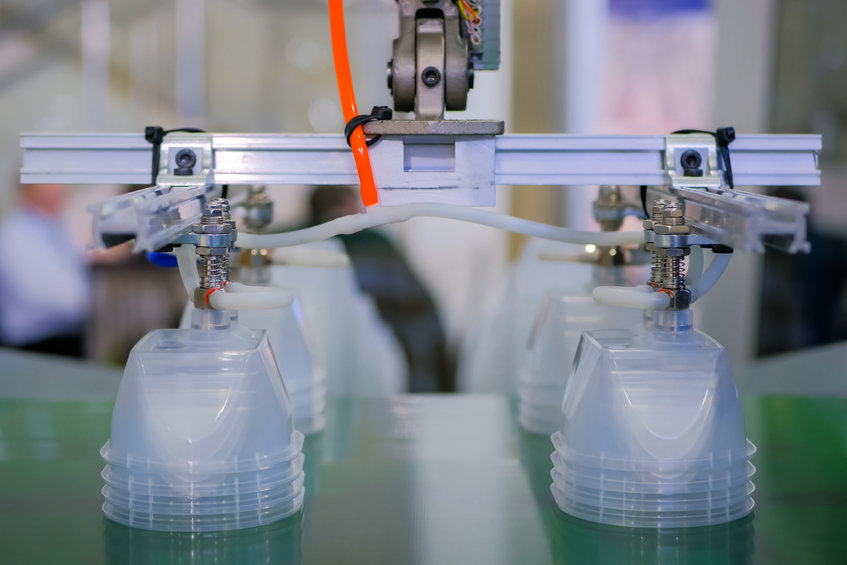Companies have a number of decisions to make when exploring plastic injection molding for their parts. Which material is right, which molding technique the best, can 3D printing help — all of these are important considerations, and an experienced plastic injection molding manufacturer will help provide direction on all of them to determine which options best fit the needs of the part being molded.
Best Mold for Injection Molding Projects
One more consideration that could be raised is determining which material is best for the mold itself — steel or aluminum. These are the two most common metals used to create tooling, and it should come as little surprise to any manufacturers with metals experience that each has its unique benefits and limitations. Because both see regular use in injection molding, companies will need to consider how their molded parts are being used and their manufacturing needs — such as complexity, finish, and the part’s lifecycle — when comparing the two mold options.
Aluminum Molds
The lightweight, pliable, heat-resistant qualities of aluminum produce molds that share the same features. Compared to steel, it is more cost-effective to make a mold from aluminum, at least in the short term. This also makes aluminum molds ideal for shorter run projects, ranging in the hundreds to thousands of units, versus high-yield runs.
Aluminum’s natural ability to quickly heat and cool helps aluminum molds generate faster production times, as they need less time to reset between cycles. This also allows the aluminum molds to heat more uniformly, reducing the likelihood of defects, waste, and rejections.
However, the same features that give aluminum its edge, so to speak, also work against the material. As the metal is softer, it is unable to be used for more complex designs, as it loses precision with greater complexity. Additionally, aluminum molds will not hold up as long as steel molds, meaning aluminum molds are not the choice for high-yield runs.
Steel Molds
Steel is known for its long-term durability, making steel molds for injection molding ideal for high-yield and longer life runs. In this way, steel molds can also end up being more cost effective than aluminum molds, but this depends largely on the part volume. While more expensive to create, steel is suitable for the vast majority of materials, as well as designs with detailed precision and complexity, providing manufacturers with greater flexibility when designing and using injection molded parts. This also makes steel the better choice for parts that require additional finishing options.
Compared to aluminum, steel molds are more expensive to produce due to upfront costs. The material also takes longer to heat and cool versus aluminum, which can extend the time during production cycles. Should the molds become damaged during production, steel molds are also more cumbersome and expensive to try to repair.
Overall, choosing between whether an aluminum or steel mold is best for injection molded parts comes down to the part itself. Manufacturers need to weigh how the part is being used, where it is being used, what material concerns need to be considered, and the volume of parts being produced. It also helps to have the opinion of experienced industry veterans working on behalf of a manufacturer’s best interests. Which is why working with Hansen Plastics is so invaluable.
HPC works with you throughout the plastic injection molding process — from design through finishing — to guide and collaborate on finding the most cost-effective, high-quality injection molding solutions for your parts. For over 50 years, Hansen Plastics has been committed to building long-lasting relationships with customers. This requires an unwavering dedication to quality and consistency in injection molding, to help establish and retain trust. If you are looking for a trusted, experienced plastic injection molding manufacturer to handle your products, reach out to HPC today, or visit HansenPlastics.com for a full view of HPC’s capabilities.



